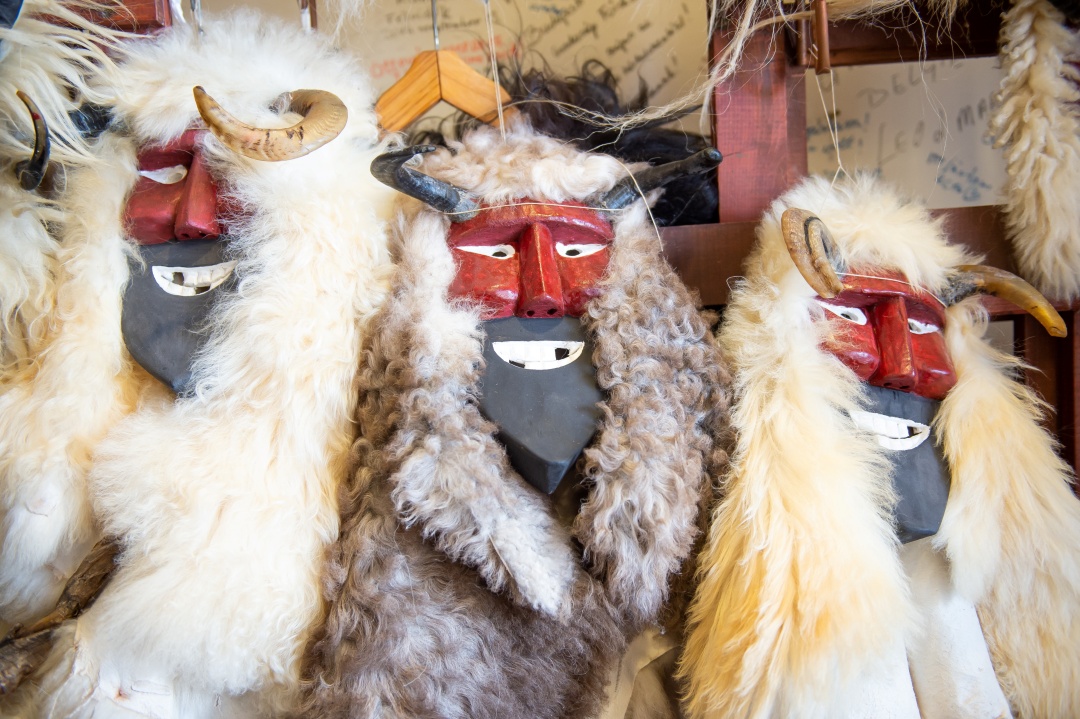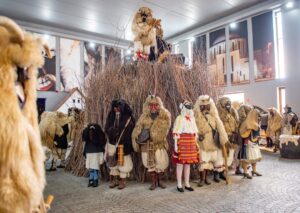
The programs include a concert, documentary screening, and a matinee, among others.Continue reading

The six-day Mohács carnival, with hundreds of activities and 24 venues, kicks off on Thursday with a parade, procession of Busó groups, “jankeles,” and masquerades.
According to the organizers, this year’s largest spring celebration, held between February 27 and March 4, will be attended by more than 2,600 masqueraders and 73 groups of “busós.” On the first day of the event, the first carnival procession of the busó parade will start, followed by a free carnival of children masqueraders – including the jankeles, known for their ragged costumes.

Photo: MTI/Kacsúr Tamás
As tradition has it, the most spectacular events of the carnival are held on Carnival Sunday. On March 2, after noon, the busós cross the Danube in a boat, parade through the city center, launch the carnival coffin, inaugurate new busós, and light a huge bonfire in the city square.
The organizers are expecting around 100,000 visitors over the six days of the event, including 40,000 on Saturday and Sunday, and a large crowd in the Danube-front city on Tuesday. They pointed out that due to the large-scale construction and investments currently underway in the city, parking facilities are limited, so visitors are advised to plan their travel in advance and use public transport wherever possible.
In 2009, UNESCO, the United Nations Educational, Scientific and Cultural Organization, was the first to add the busó procession to its representative list of the Intangible Cultural Heritage of Humanity.
Via MTI; Featured picture: MTI/Kacsúr Tamás